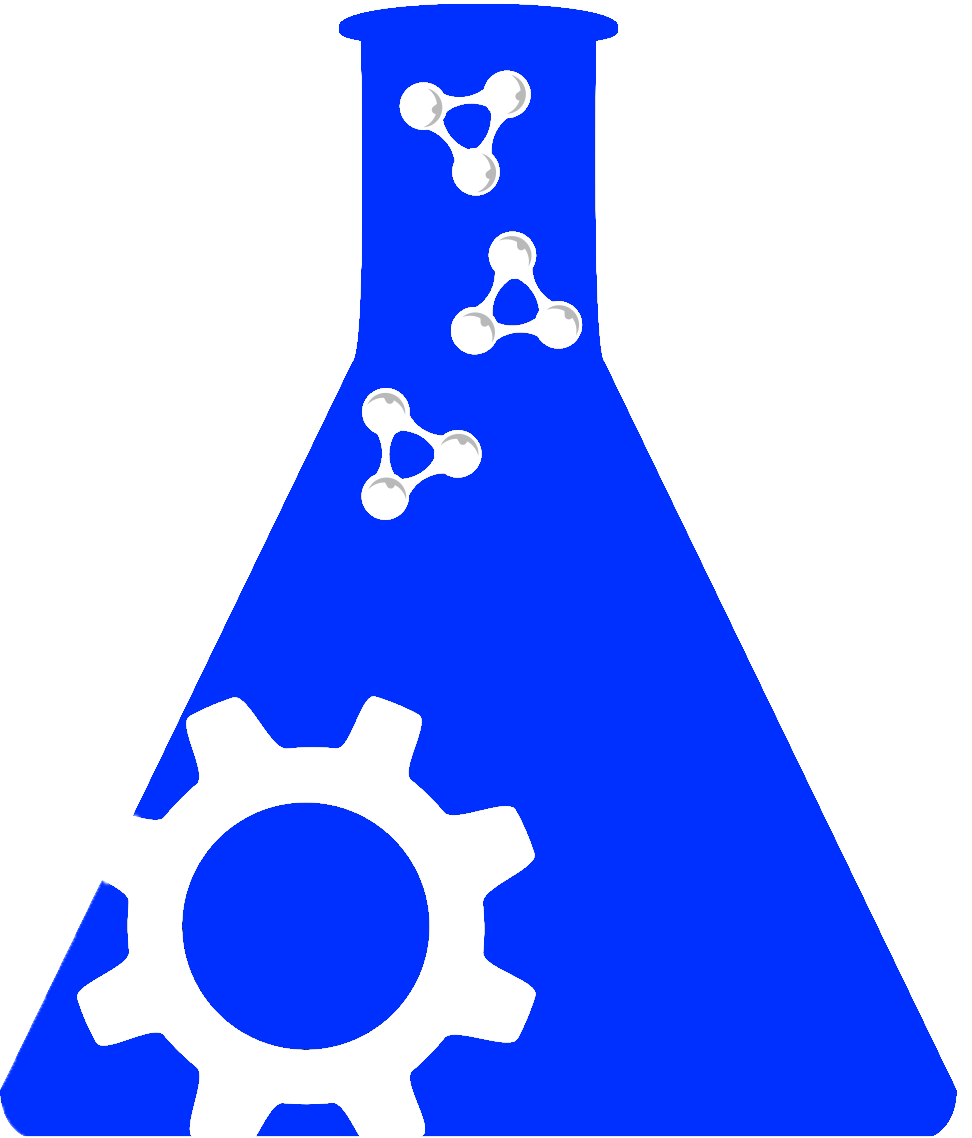Full Data Package |
Data Dictionary |
Methodology |
||||
|---|---|---|---|---|---|---|
Create new odc-sci Account and/or log in to download the file. |
||||||
Studying Sex as a Biological Variable: Considerations of weight, anemia and mortality following thoracic spinal cord contusion injury in male and female miceDOI:10.34945/F5D01PDATASET CITATIONStewart A. N., MacLean S. M., Stromberg A. J., Whelan J. P., Bailey W. M., Wilson M. E., Gensel J. C. (2021) Studying Sex as a Biological Variable: Considerations of weight, anemia and mortality following thoracic spinal cord contusion injury in male and female mice. ODC-SCI:652 http://doi.org/10.34945/F5D01PABSTRACTSTUDY PURPOSE: The purpose of this study was to examine functional recovery, morbidity, mortality, etc. as a function of both sex and age in C57Bl/6J mice after thoracic contusion SCI (T9, 60kdyn, IH). Experimental groups consist of young and middle-aged mice (4 or 14 months old at the time of injury) of both sexes, male or female, that underwent contusion or sham injury. The data in this collection and a thorough interpretation of the data was published in manuscript form in Stewart et al., 2020 PMIDs: 32849242; 33193066: Considerations for Studying Sex as a Biological Variable in Spinal Cord Injury. Stewart AN, MacLean SM, Stromberg AJ, Whelan JP, Bailey WM, Gensel JC, Wilson ME. Front Neurol. 2020 Aug 5;11:802. doi:10.3389/fneur.2020.00802. eCollection 2020.DATA COLLECTED: Collectively, data from 8 experimental groups: sex (2) x age (2) x injury (2). Sample sizes range from 5-10 depending upon the outcome measure and time of sacrifice. Data for this study include weights after injury, overall mortality, injury-induced anemia as determined by red blood cell ratios in plasma (28 days post injury), estrous cycle information for females (weekly for 4 weeks) along with endpoint (28 days) plasma estradiol levels, as well as, BMS scores at 1 and 28 days after injury. The data presented is a comprehensive collector of data collected over several years across different experiments utilizing both male and female mice. For this reason, not all outcomes were collected for all subjects (missing or NA is used to indicate data not collected). Not all studies used the same outcome measures (i.e. BMS) so not all outcomes were collected for each subject.CONCLUSIONS: The data presented in this dataset show that sex contributes to a variety of factors after SCI including weight loss, anemia, and mortality. Further, age potentiates sex-dependent effects. Sex-specific accommodations, i.e. single housing, likely also impact SCI recovery. A corrigendum for the original manuscript was published to correct for some miscoded data, this data set reflects the corrected data as published in the corrigendum. Through our analyses, we identify several potential confounds that should be considered in a study design incorporating both sexes including differences in anatomy, behavior, housing, and drug metabolism. Ultimately, our ability to consider sex as a biological variable in the study of SCI will depend upon open and rigorous data reporting and interpretation.KEYWORDSPROVENANCE / ORIGINATING PUBLICATIONS
NOTES |
DATASET INFOContact: Stewart Andrew (andrew.n.stewart@uky.edu), Gensel John (gensel.1@uky.edu)Lab: Gensel Lab (Nero)
|
|





